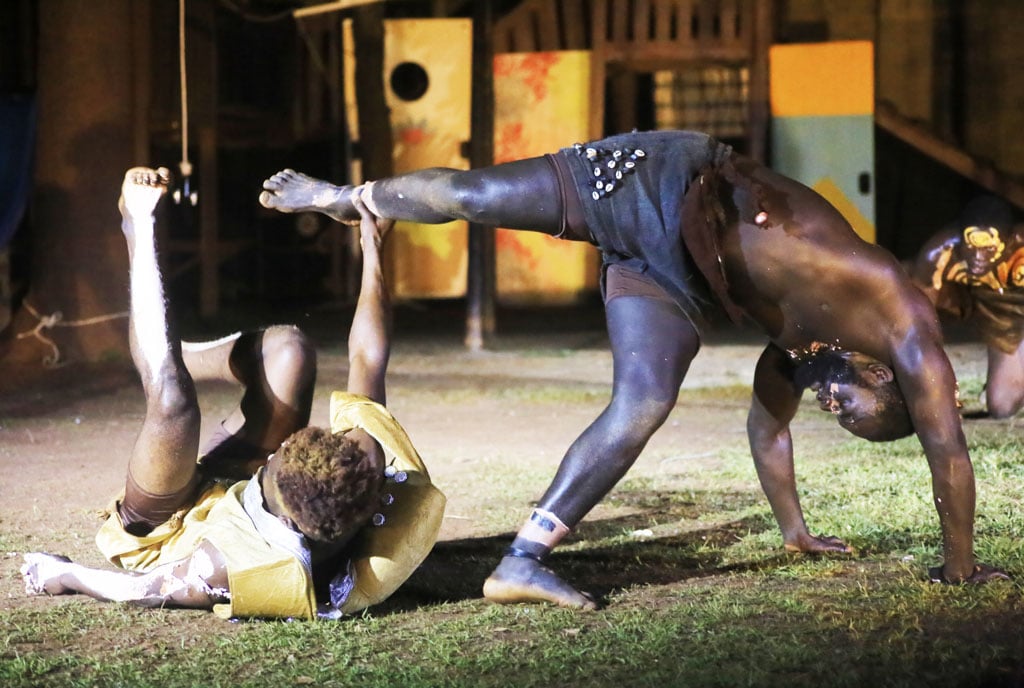
Title: Inside Harare Alcatraz and Other Short Stories
Author: Andrew Chatora
Published: 2024
Available: [email protected]/www.kharispublishing.com
Price: Shs50,000
Pages: 188
A man with multiple identities goes to prison.
I know, you thought he would go to a mental home with such a disorder. However, his is no disorder or condition. It is a profession. The man is a political spy. He was sent to prison for what in his line work is called Wetwork, a euphemism for murder or assassination that alludes to spilling blood.
So he is secreted into Harare Alcatraz Maximum Security Prison by the Zimbabwean security police to eliminate political dissidents Jacob and Hopewell.
But then, the two men reveal their humanity to him and things get hazier than any shade of colourful criminality.
“You see, Chipendani, we are prisoners of conscience here at Harare Alcatraz; our desire is not for us to benefit personally, but for posterity, our children, their children and future generations to come,” Jacob told the would-be killer.
The two men’s sincerity gets to Chipendani.
Instead of killing the two men, their would-be killer is converted to their cause. This, as you might imagine, does not end well for him.
Several other stories animate the pages of this well-written book whose diction and turn of phrase will amaze and amuse anyone who reads it.
In the succeeding chapter, “Black Britain”, the Black Lives Matter (BLM) movement is articulated in a storyline that will keep you glued to each page.
As you might be aware, BLM activists seek to draw attention to the racism which leads to the criminal mistreatment of black people. This movement has met with support and, predictably, virulent opposition.
“Race relations opinions are always sharply polarized in contemporary Britain and framed within binary opposites of ‘us versus them’, and ‘whites versus non-whites’. Thus, it was common to be targeted with a barrage of vitriolic and disparaging insults and posts for advocating for racial equality and a fair and just society,” says the protagonist, after the police, again predictably, pull over the family car.
In the chapter “Snap Decision”, a mother of easy virtue winds up with a cavalcade of men. Some of whom deflower and sexually abuse her daughter.
A murder occurs and the hapless child is given a 12-year custodial sentence. In between the sexual trauma of her existence, she mercifully and rather fittingly finds love.
In Uganda, we have bufundas. You know, the tumbledown drinking establishments famed for their affordability and accessibility.
In South Africa, there are Shebeens. These are informal licensed drinking places in a township.
“Estelle, the Shebeen Queen and other Dangamvura Vignettes” captures the heartlessness and soullessness in these establishments.
The men who frequent them are left riddled with disease and debt as the whores who have the run of these drinking joints ensnare them in proverbial honey traps.
Began by the ruling party of Zimbabwe, these joints make the poor poorer as they fritter away their pennies to purchase the charms of Mai Kere, MaSibanda and other floozies.
These women are nothing but enchantresses, in the mould of Succubi or female-looking demons or supernatural entities in folklores who appear in dreams to seduce men, usually through sexual activity.
However, this is more than a dream. It is a veritable nightmare. Later, in the chapter “Smoke and Mirrors”, a man living abroad has to support two families. He is unable to do so.
This leads to a number of untoward consequences.
On the whole, the 11 short stories in this book represent a typical Sophoclean Tragedy.








